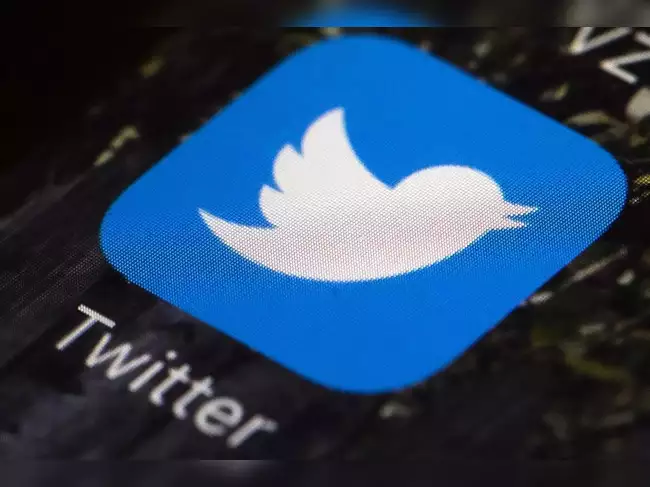Since its acquisition by Elon Musk in October 2022, Twitter has experienced a rocky path, with its advertising revenue plummeting by almost half. Musk’s ambitious plans to revitalize the platform and boost sales have yet to yield the expected results. Despite recent efforts and a renewed focus on video, creators, and commerce partnerships, Twitter’s struggles persist, leaving the company in a challenging position. As rival platforms, such as Threads, gain traction and the burden of debt looms, the road to recovery for Twitter appears to be a long and winding one.
A Rocky Start Under Musk’s Leadership
Upon assuming ownership, Musk swiftly enacted cost-cutting measures, leading to a significant reduction in Twitter’s workforce. However, these measures alone have not been sufficient to entice advertisers back to the platform. Despite Musk’s claim that sales would increase in June, the results fell short of expectations. While July shows some promise, Twitter’s financial health remains precarious, with negative cash flow and a significant drop in ad revenue.
Threads: The Rising Rival
As Twitter grapples with its challenges, rival app Threads, powered by Meta, the parent company of Instagram, has seen remarkable growth. With an estimated user base of 150 million, Threads benefits from its seamless integration with Instagram, providing access to a potential two billion users. This expansion further intensifies the pressure on Twitter to regain its competitive edge.
The Debt Dilemma
Compounding Twitter’s struggles is its substantial debt load. Although Elon Musk did not provide a specific timeline for the 50% drop in ad revenue, he acknowledged the need for positive cash flow before pursuing further endeavors. With $13 billion in debt to repay by the end of July, Musk may be forced to sell more of his stake in Tesla, which could, in turn, impact the company’s shares.

The Long Road to Recovery
While many believe that Musk has the potential to turn Twitter’s fortunes around, the process may take longer than initially anticipated. Lucy Coutts, an investment director at JM Finn, suggests that the turnaround will be challenging, but not impossible. Despite the decline in revenue predating Musk’s ownership, the responsibility to revive Twitter now falls on his shoulders.
Linda Yaccarino’s Role and Twitter’s Focus
In June, Twitter appointed Linda Yaccarino, a former advertising executive, as its CEO, emphasizing the company’s continued focus on advertising sales. Yaccarino’s vision includes forging partnerships in video, creator collaborations, and commerce. Twitter is reportedly engaging in discussions with political figures, entertainment personalities, payments services, and news and media publishers to diversify its revenue streams.
As Elon Musk grapples with the obstacles facing Twitter, including dwindling advertising revenue and heavy debt, the path to success remains uncertain. While the acquisition of Threads has undoubtedly heightened the competition, Musk’s dedication and Twitter’s renewed focus on strategic partnerships and video content may hold the key to recovery. Only time will tell whether Twitter can reclaim its once-prominent position in the social media landscape and restore faith in its advertising potential.





